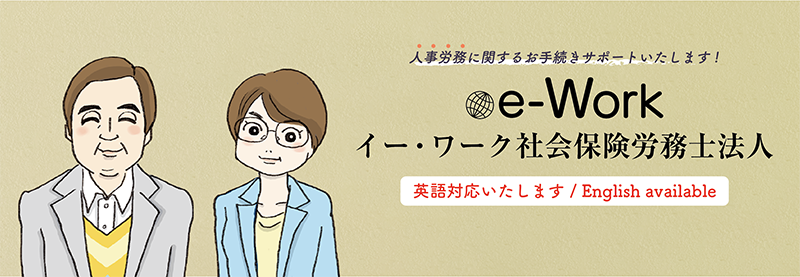On June 13, 2023, the Cabinet approved the Children’s Future Strategy (hereinafter, “the Strategy”) and disclosed its contents. Based on the Strategy, the government is set to implement various law amendments. Among the planned changes, this article focuses on matters related to social insurance.
[1] Two barriers of the social insurance system
Workers who meet the criteria are registered in the social insurance programs (health insurance program, workers’ pension program) and both workers and employers are required to pay the premiums. Regarding these criteria, there are two so-called “annual income barriers.”
1. Barrier of “1.06 million yen”
At a company with 101 or more insured employees, workers who meet all of the three criteria below will be registered in the social insurance system and pay premiums;
-Weekly standard work hours are 20 hours or more
-Basic monthly wage is 88,000 yen or more
-The worker is not a student.
Monthly wage of 88,000 yen means the worker earns 1.06 million yen annually. By earning 1.06 million yen or more, the worker becomes entitled to social insurance and is obliged to pay premiums.
2. Barrier of 1.3 million yen
To be recognized as a dependent family member under the health insurance program or a category-III insured under the Employees’ Pension Insurance program, a person’s annual income must not exceed 1.3 million, among other criteria. Such individuals do not have to pay premiums of health insurance and Employees’ Pension Insurance programs on their own.
However, if their annual income exceeds 1.3 million yen, they will be automatically covered by the National Health Insurance and also become the category-I insured under the National Pension program, and therefore need to pay premiums.
[2] Expansion of social insurance coverage
It is not uncommon for workers to control their work hours or earnings to ensure their annual income will not exceed 1.06 million yen or 1.3 million yen described above. The Strategy aims to encourage people to work without worrying about the 1.06-million-yen and 1.3-million-yen barriers by expanding insurance coverage for short-time workers or raising minimum wages. It also says measures will be taken to encourage both male and female workers to build careers while raising children.
[3] Expansion of employment insurance coverage
Working 20 hours or more per week is one of the criteria to be enrolled in the employee insurance program. By satisfying the criteria, workers become entitled to unemployment benefit or childcare leave allowances.
The Strategy states the criteria will be changed to cover workers whose standard work hours are less than 20 hours a week and allow them to receive unemployment and childcare leave benefits.
Specific criteria will be determined by examining the procedures and premiums paid by insured workers. The government is planning to enforce the new rules by fiscal 2028, taking the number of applicable workers or the time required for companies’ preparation into consideration.
Regarding [2] above, the government is planning to take interim measures by the end of this year to prevent a case where insured workers see their net incomes decline by earning more than 1.06 million yen. Companies are advised to keep watching future developments.
[Reference]
The Cabinet Office “the Children’s Future Strategy”
kakugikettei_20230613.pdf (cas.go.jp)
*The information is valid as of the date of the article.













